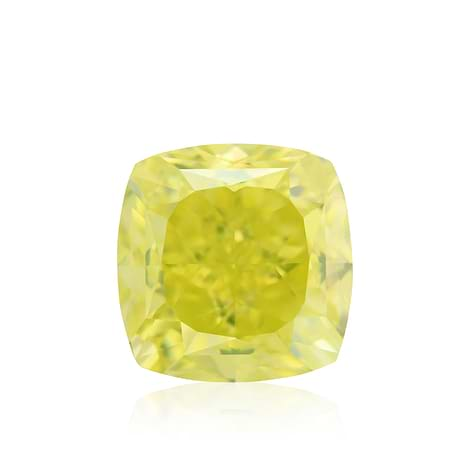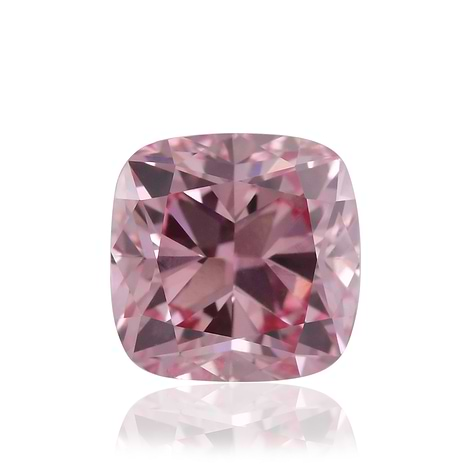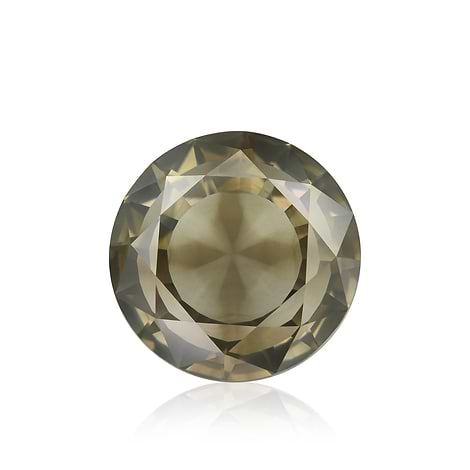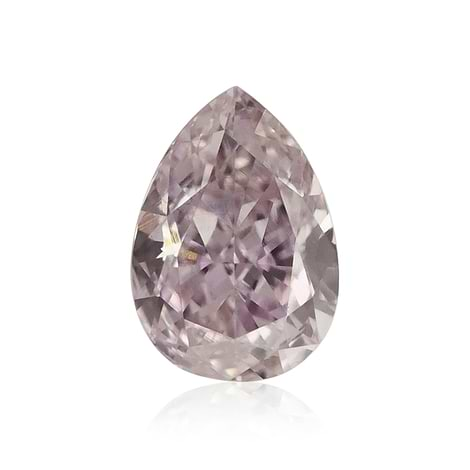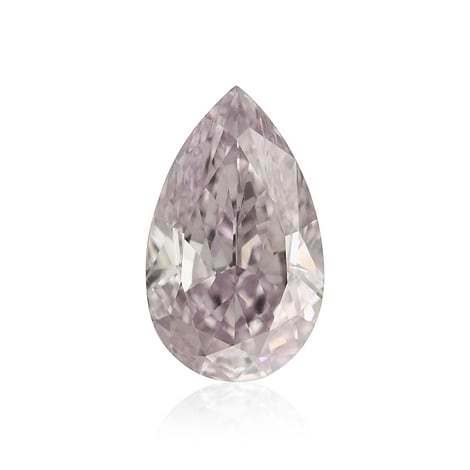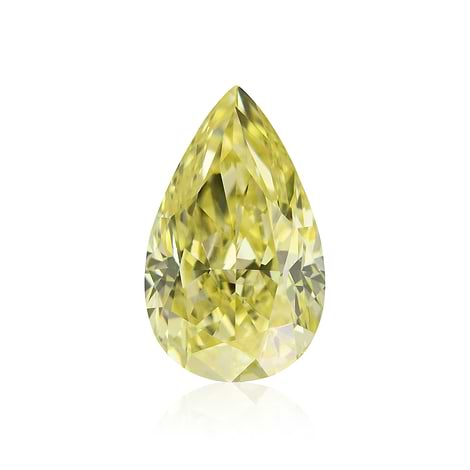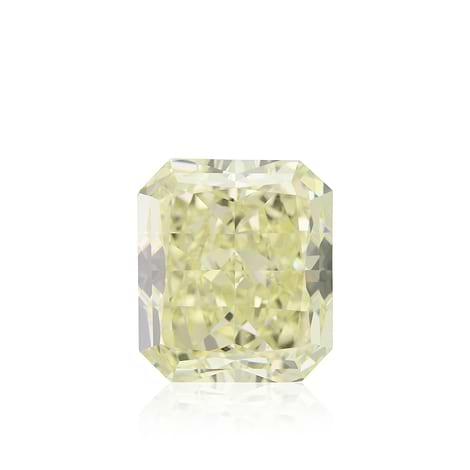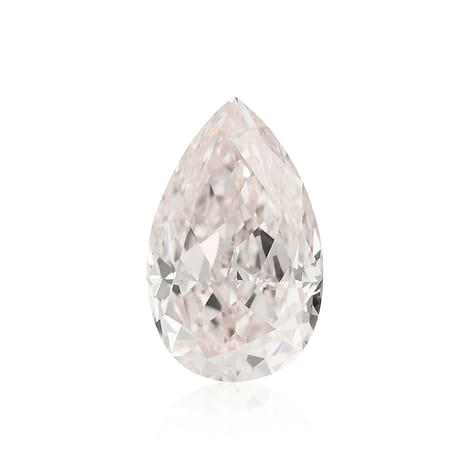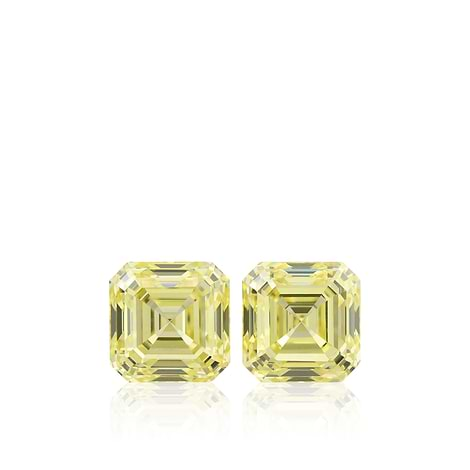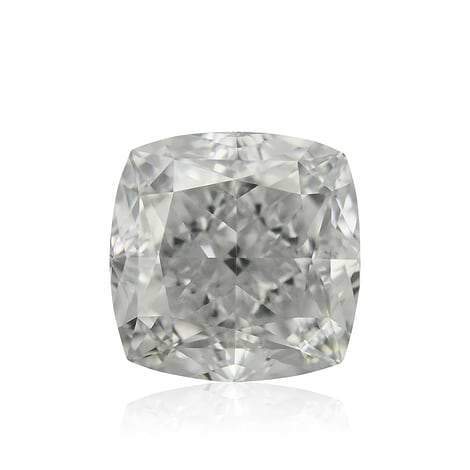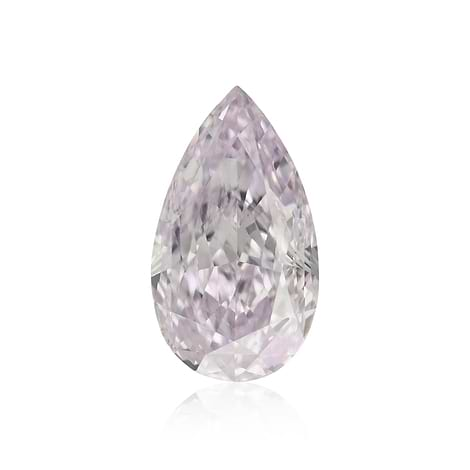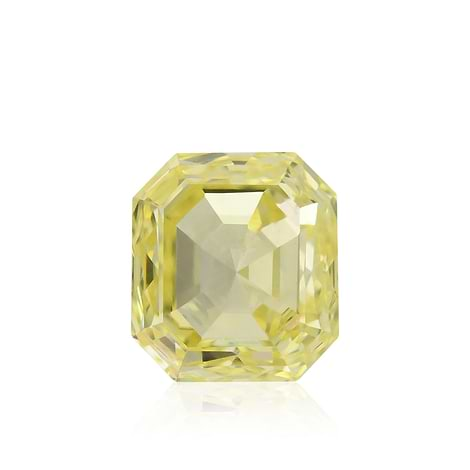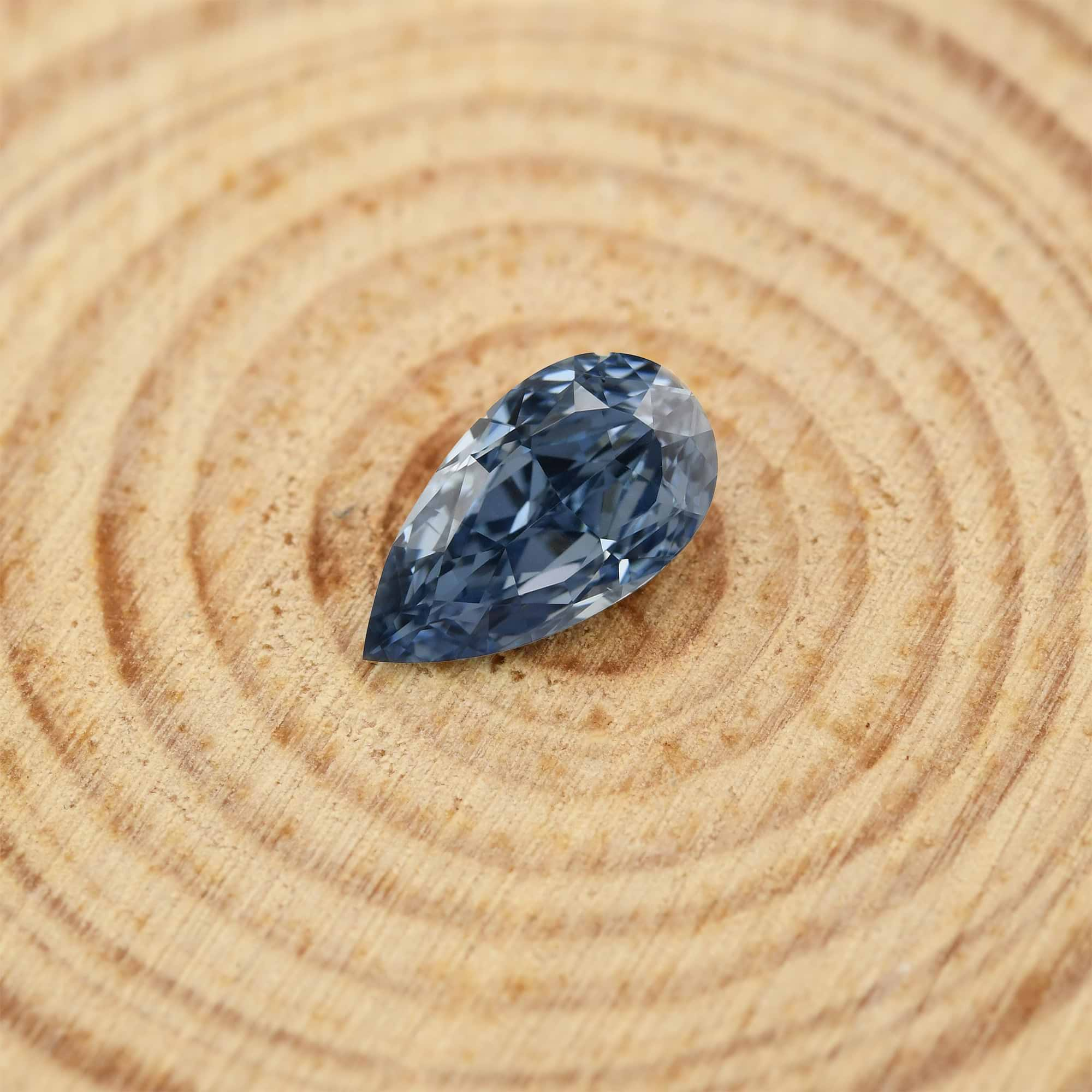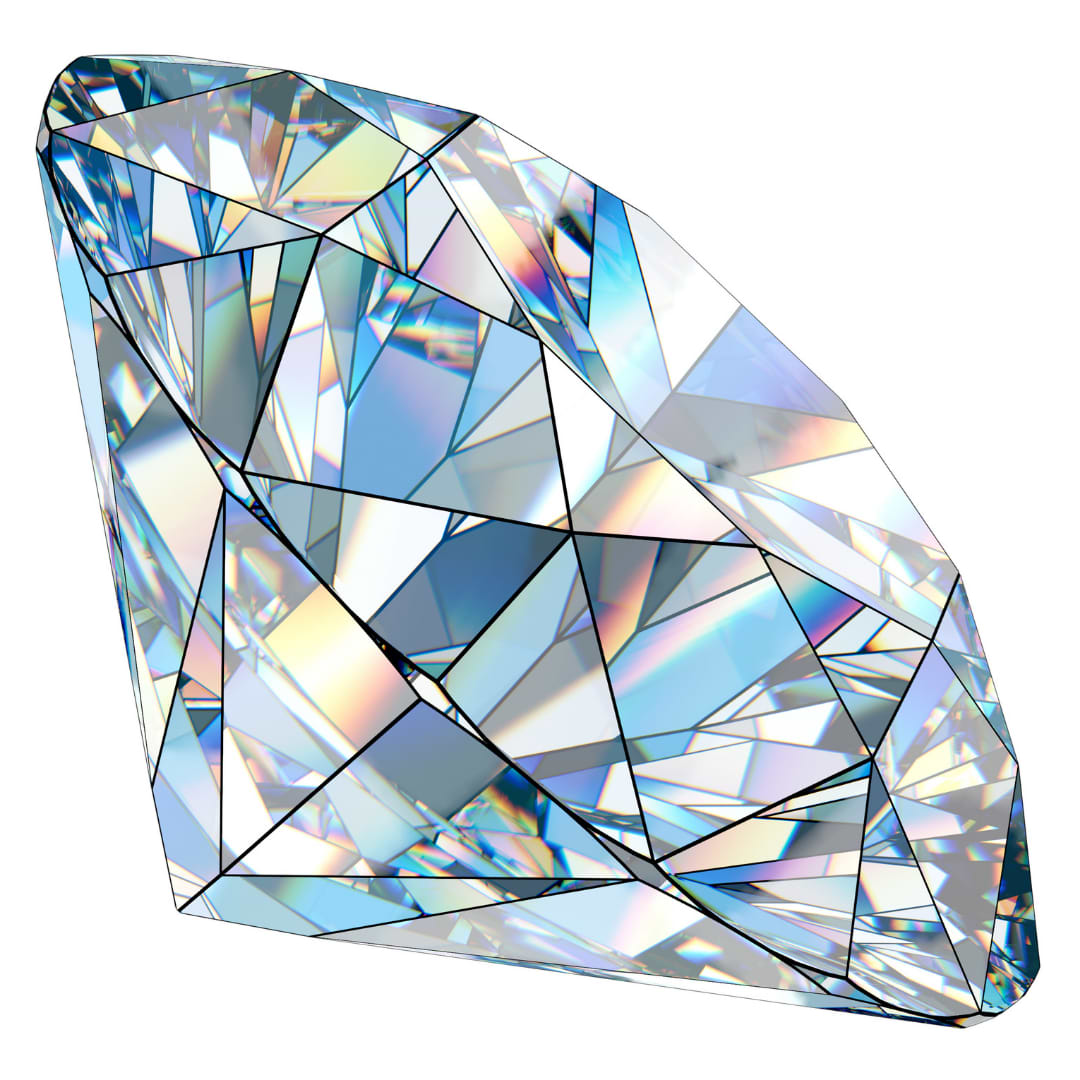One of the most fascinating aspects of a diamond is the amount of time it took to form. These specimens were on earth’s surface long before we were, and were beneath it for even longer. Just how long does it take for a diamond to form, and what type of environment is needed for this to happen? Here is a quick look at how diamonds are formed and how long it takes for them to come to be.

Marking up the rough stones
The Natural Diamond Process
In order to understand how a diamond is made; we must differentiate between a completely natural diamond and any of its many impostors. Strictly speaking about genuine diamonds, the process begins with the presence of carbon atoms within sections of the earth’s mantle. That is miles upon miles between the earth’s surface. Due to the immense pressure that is present in this part of the earth, as well as the extreme temperatures, a diamond gradually begins to form. The entire process takes between 1 billion and 3.3 billion years, which is approximately 25% to 75% of our earth’s age.
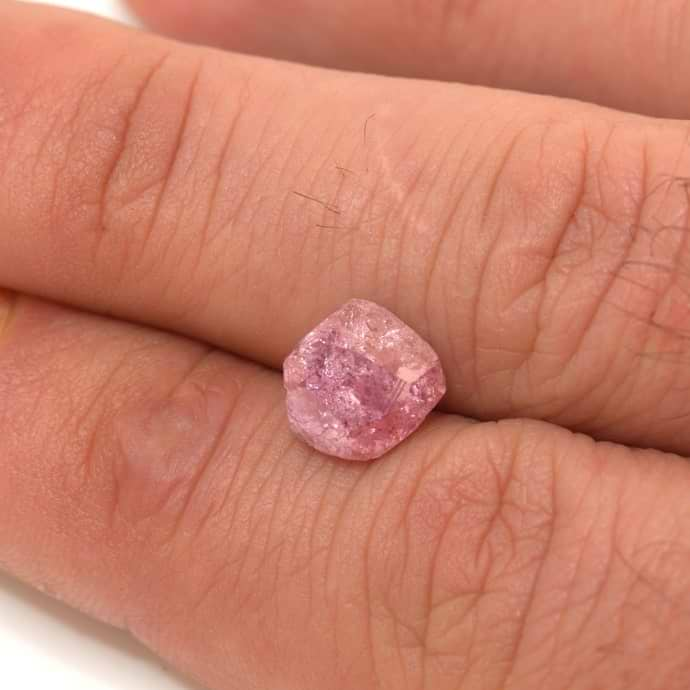
Sizing a rough pink diamond
Synthetic Diamonds
While the recipe for natural diamonds may be quite complex and time consuming to say the least, creating synthetic diamonds is a lot simpler. In place of burying carbon 100 miles beneath the surface where it is 2,200 degrees Fahrenheit, exposing it to the extreme pressure of 725,000 pounds per square inch, and expelling it at incredible speed towards the surface, intense pressure and heat is “simply” applied to graphite in a process that can take just a few days. This procedure is known as High Pressure High Temperature or HPHT. Another method for creating synthetic diamonds is called Chemical Vapor Deposition. This requires an actual diamond and uses less pressure and more heat. The diamond is placed in a depressurizing chamber where natural gas is zapped at it through a microwave beam. After being heated to nearly 2,000 degrees, carbon atoms begin to form and fall down upon the diamond, thereby sticking to it, expanding it, and ultimately creating what looks as an almost flawless stone. With the right tools and required knowledge, this “diamond growing” technique can be done as quickly as overnight.
Authentic Vs. Synthetic Diamonds
Yes, real diamonds take an extremely long time to form. That is the main reason they are so expensive, beautiful, and indestructible. You may be able to obtain diamond look-alikes that appear almost identical to the real thing, but what you have to realize is the way it looks is only part of the beauty. A diamond’s durability, which differs depending on whether it is genuine or not, as well as its history, is simple irreplaceable. Diamonds are quite rare, hard to retrieve, and their supply is diminishing. This just makes authentic diamonds more unique and attractive. A tiny diamond is still preferable to a synthetic diamond if its true beauty is what you are really after.
In order to ensure that you are in fact purchasing a real diamond, that indeed took millions or billions of years to form, it is highly recommend to have the stone assessed by an expert and to only buy from trustworthy establishments. Unless you are willing to shell out quite a bit, understand that forming from carbon and enduring a rough journey to the surface often involves some sort of flaws and inclusions. The more you pay the cleaner your diamond will be. Having said that, there are ways to get an authentic diamond that is clean to the eye and won’t break the bank. All you have to do is do the research, shop in the right places, and come with as much knowledge as possible.
